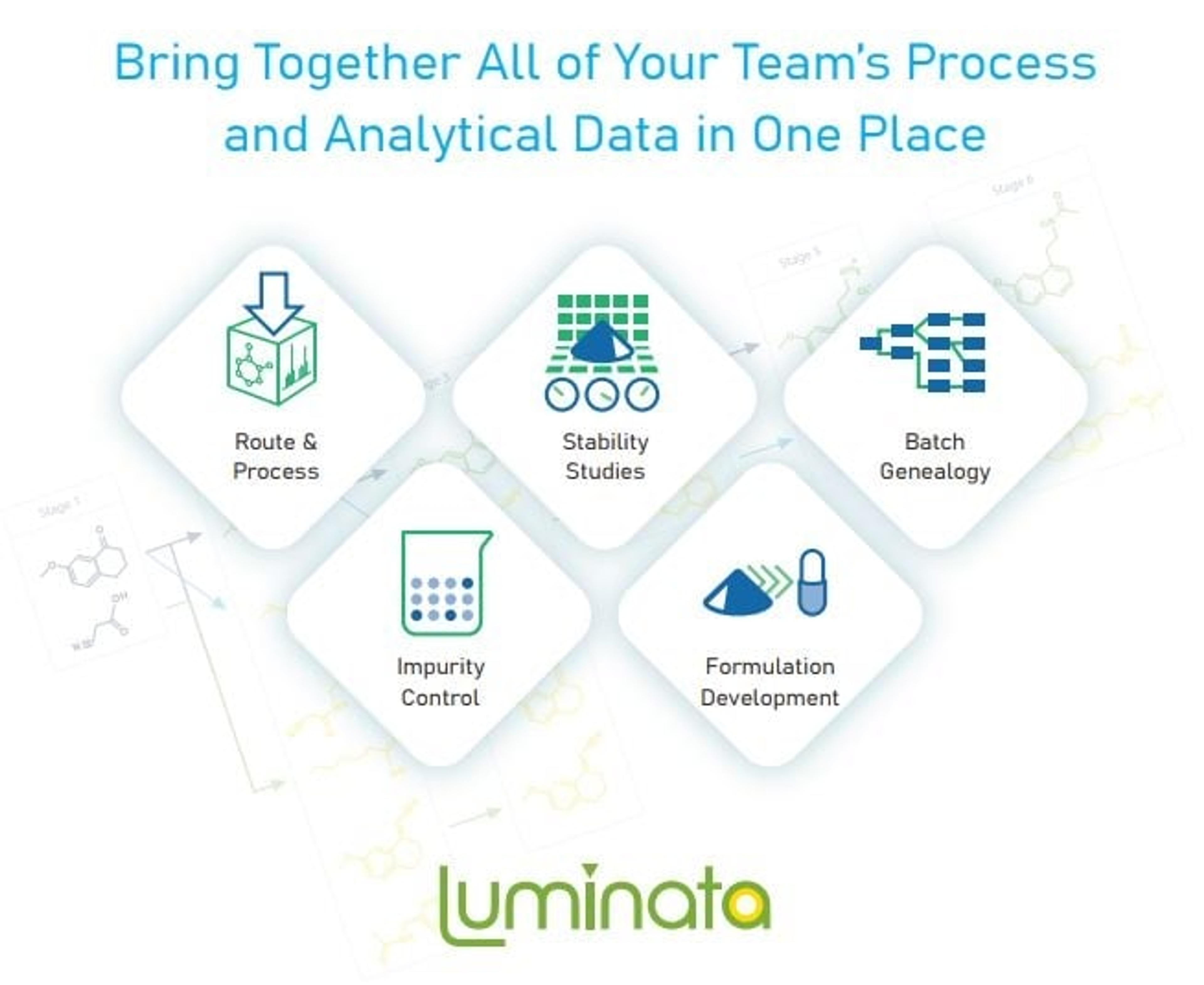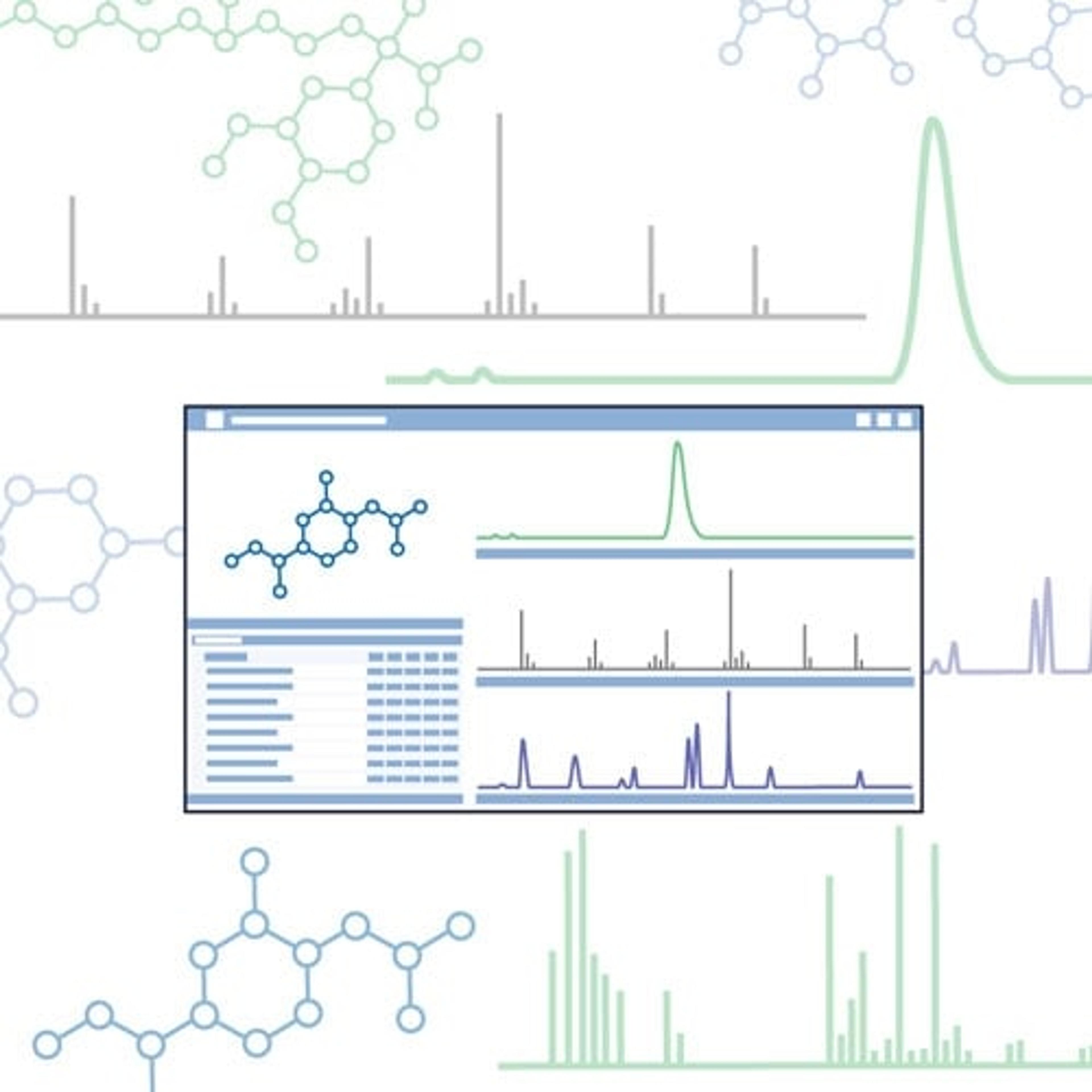Updates to Spectrus Informatics Platform Announced
V2017.1 release of ACD/Spectrus software introduces an innovative solution for impurity data management and exciting developments for deconvolution and analysis of mixtures
23 Oct 2017
ACD/Labs, an informatics company that develops and commercializes solutions in support of R&D, today announced new updates across its ACD/Spectrus Platform, the company's suite of informatics software products. Version 2017.1 delivers improved functionality to a broad range of solutions including MetaSense, ACD/Labs' metabolite identification software introduced in 2016, and introduces Luminata, a new solution for the management of impurity data announced in the spring of 2017.
"Scientists, and in particular our customers, want to utilize analytical and predictive data in meaningful and valuable ways," says Andrew Anderson, vice president of innovation and informatics strategy, ACD/Labs. "Our innovation efforts aim to provide such capabilities to our customers. Our v2017.1 release offers a wealth of new and valuable capabilities that we believe will offer dramatic utilization capabilities as well as help with significant productivity challenges."
ACD/Labs' v2017.1 software release includes the following updates:
ACD/Spectrus—instrument format support across analytical techniques—a foundation of the platform—has been expanded and enhanced. With more customers in pharma and biotech working on biomolecules, the ability to easily draw peptides sequences and suggestions for spectral assignment have been well received. A new LC/MS deconvolution algorithm for high-resolution MS data also includes usability improvements. For those that work with mixtures, tools for analyzing samples by NMR and MS have been greatly enhanced.
MetaSense—having listened to feedback from early customers, the updated version brings new metabolic pathways into the prediction algorithm and provides easier navigation of data in ways that are better aligned to scientists' workflows.
Luminata—this new solution enables organizations to establish effective impurity control strategies through the assembly of analytical, chemical, and process information in a single enterprise informatics environment, following QbD principles.



